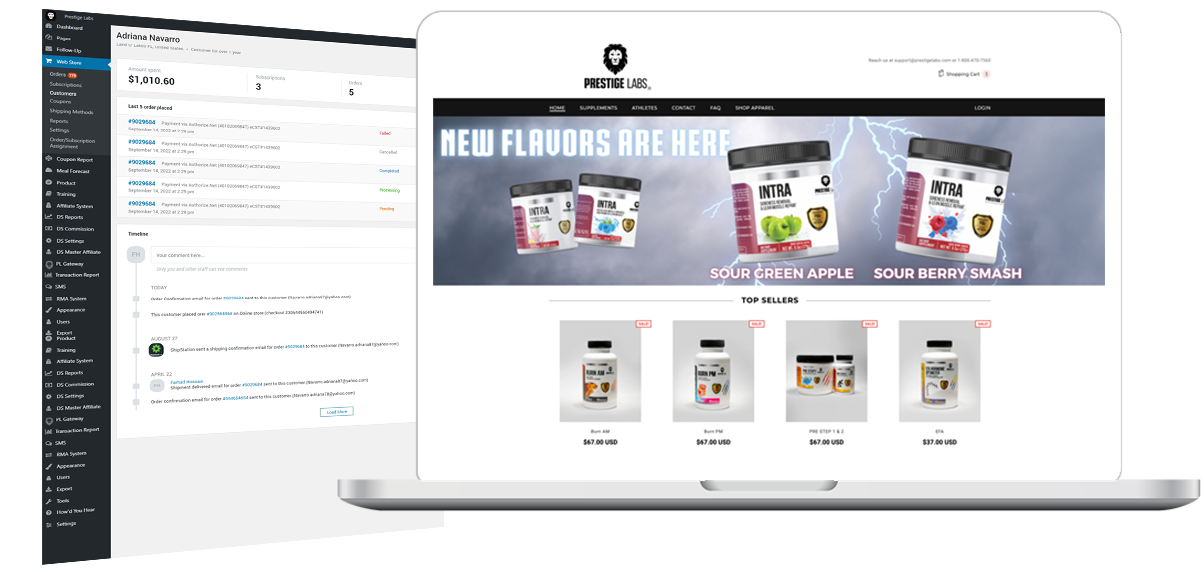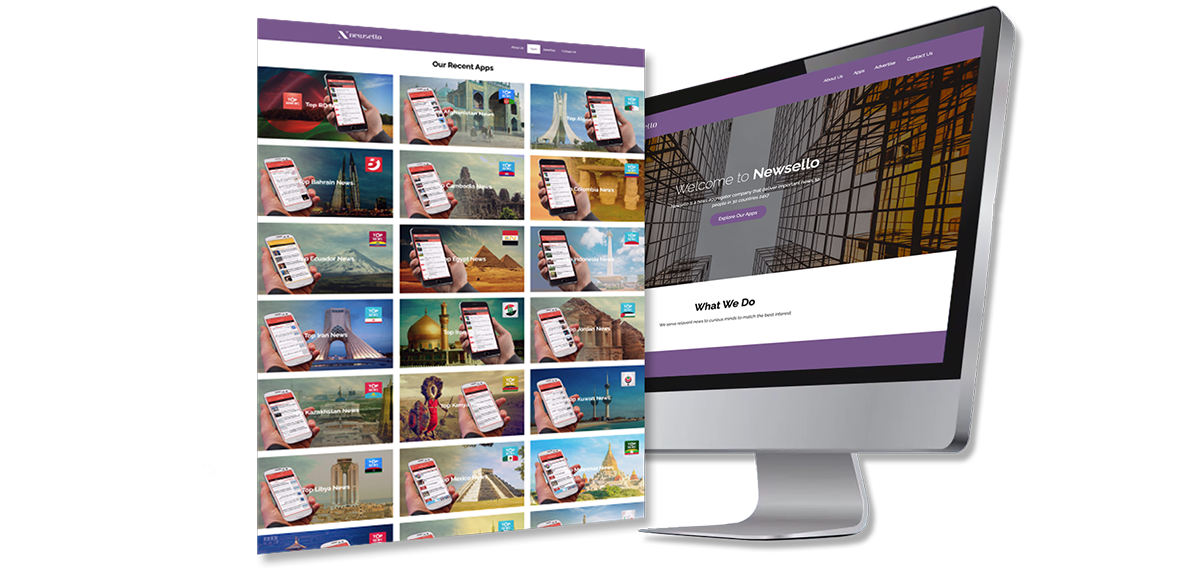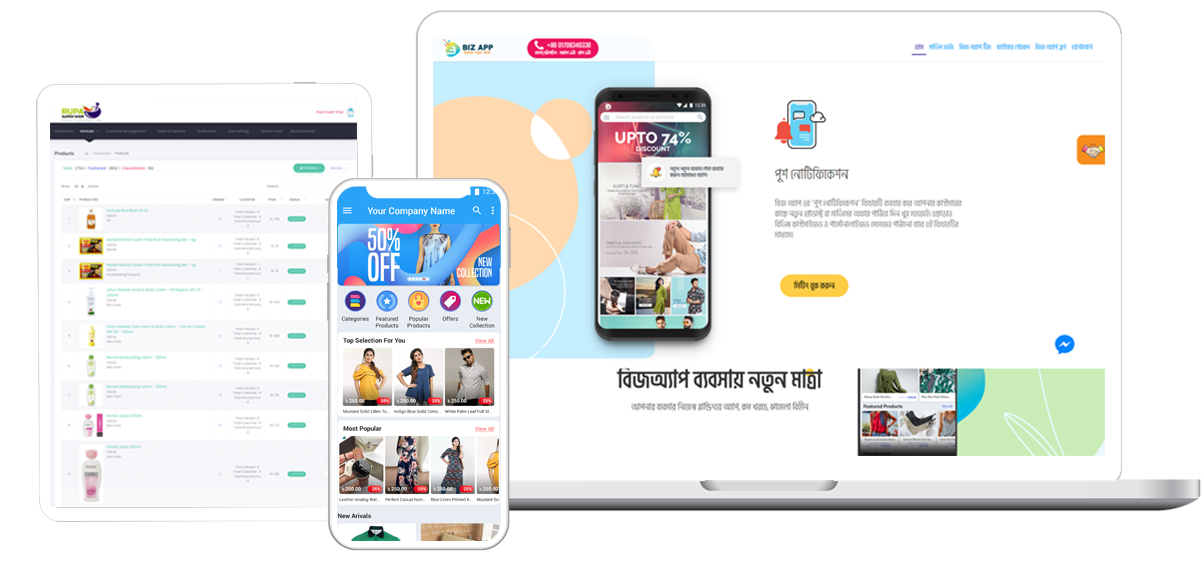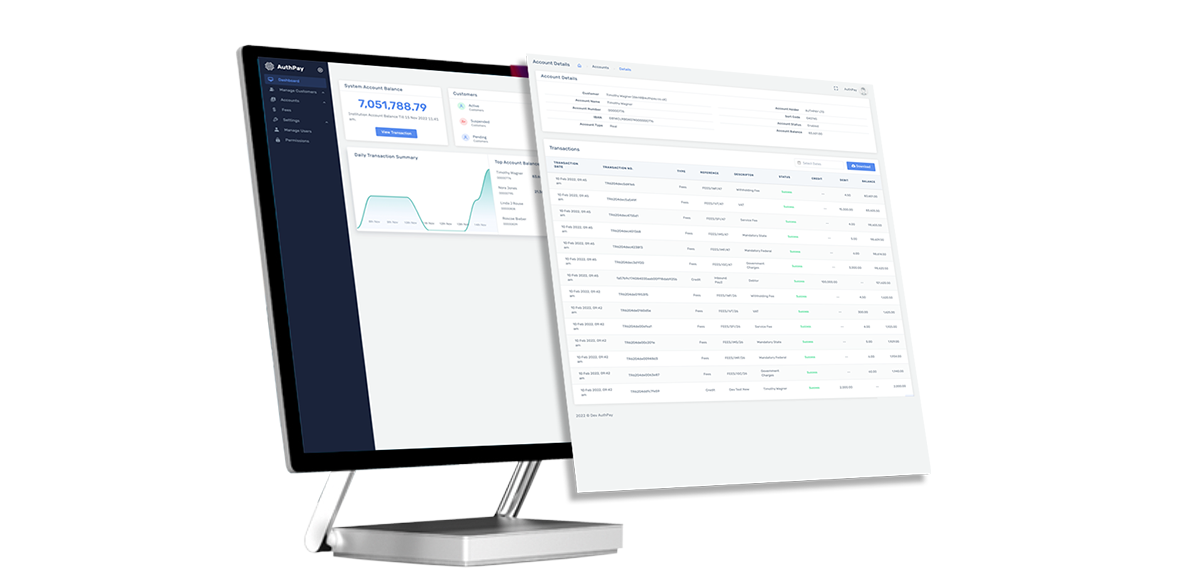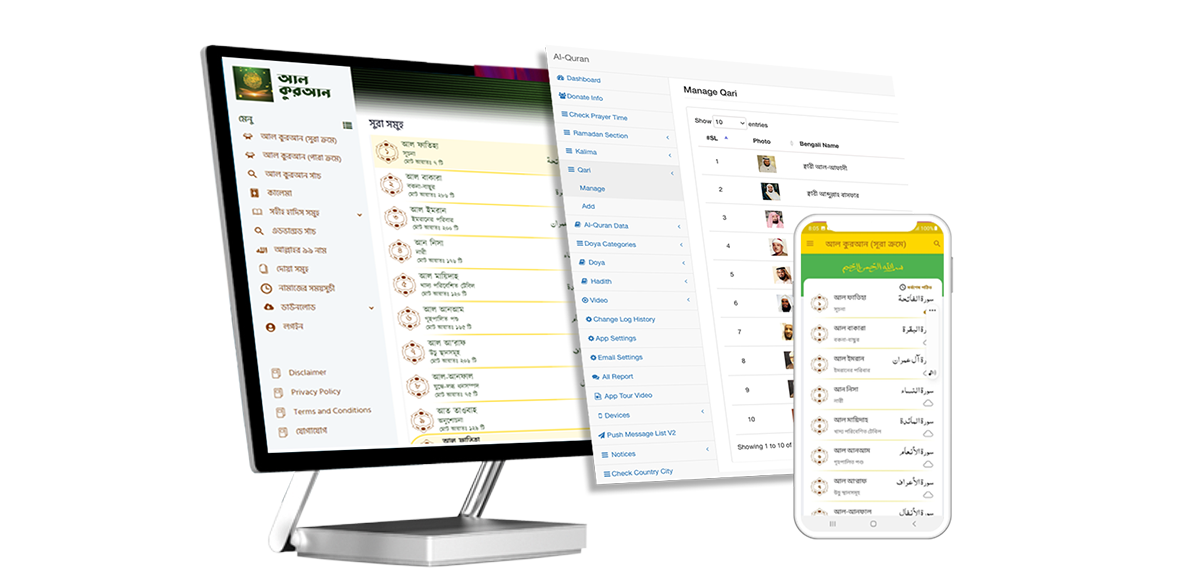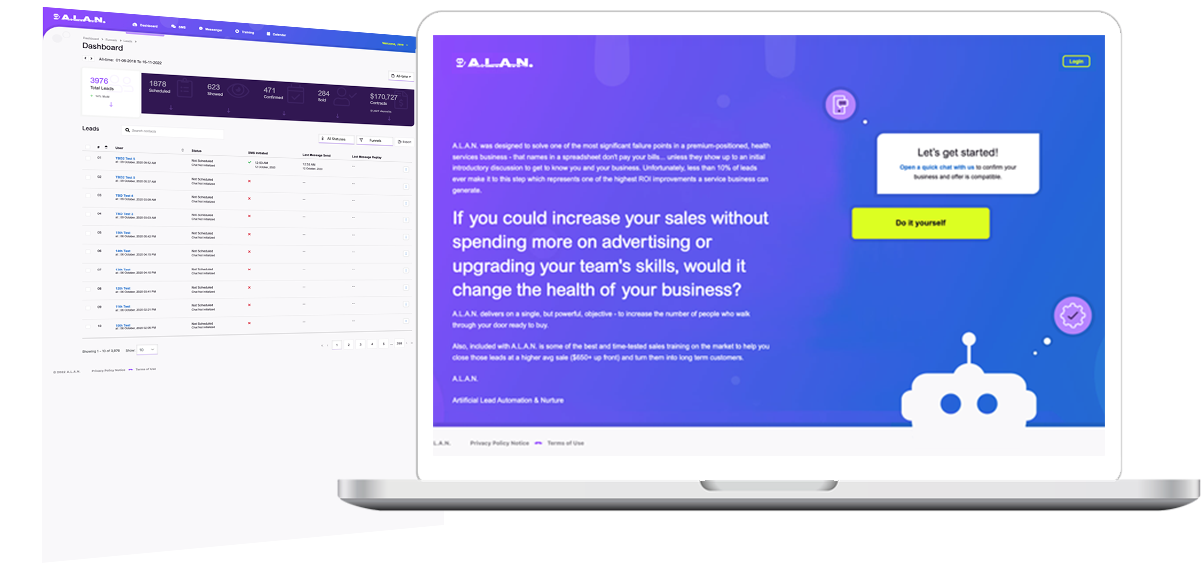
Outsourcing web development enables companies to delegate all or parts of their development tasks to an autonomous provider, maintaining the necessary degree of control over their web development project or projects.
Types of web development outsourcing: staff expansion, dedicated team, comprehensive web development outsourcing.
A typical web development outsourcing team consists of a project manager, a business analyst, a software architect, UX and UI designers, web developers, DevOps engineers, and QA and testing specialists.

Outlined here are the standard steps Technobd Limited employs to deliver enterprise web applications and consumer-oriented solutions, web portals, e-commerce applications, and SaaS products. The development plan can vary according to the intricacy of the future software, the demanded level of security, and more.
Step 1. Exploration
Duration: 20-30% of the project.
Forming a detailed understanding of key business requirements (e.g., enhance internal communication, organize corporate data, boost brand reputation, attract potential customers).
Determining the target users.
Formulating high-level functional and technical requirements for web software.
Performing a feasibility study. Crafting a business case including NVP and ROI.
Step 2. Web Application Designing
Clarifying and prioritizing detailed functional and non-functional web software requirements.
Formulating a software requirements specification (SRS).
Choosing the architectural style (modular, monolithic, cloud-native, serverless, etc.) of the new web software.
Here's a snapshot of typical architectural styles:
- Monolithic architecture: Key benefit: Units are closely tied, simplifying software testing, debugging, and maintenance. Technobd recommends for: Straightforward software with a limited number of modules and minimal scaling needs.
- Service-oriented architecture (SOA): Key benefit: The enterprise service bus (ESB) serves as a contact point between all services, ensuring a malfunctioning service doesn't impact others. Technobd recommends for: Sophisticated enterprise software that requires high reliability (healthcare, financial services, etc.).
- Microservice architecture: Key benefit: Software components can be developed, tested, and deployed concurrently. Technobd recommends for: Complex systems with services developed in various languages and a likelihood of scaling.
- Cloud-based architecture: Key benefit: Reduces or eliminates a company’s reliance on on-site server, storage, and networking infrastructure. Technobd recommends for: Progressing mid-scale and large-scale projects.
- Serverless architecture: Key benefit: Hosted by a FaaS provider, each function can be scaled automatically upon calls. Fees are only incurred when a function is activated. Technobd recommends for: Software with significant traffic variations, thereby eliminating the need for payment during idle times.
- Selection of the technology stack.
- Creating an integration strategy.
- Planning the QA process: Defining the scope and categories of testing (functional, performance, usability, compatibility, security, compliance).
Setting the testing timeline and the test team composition.
Deciding on the proportion of automated to manual tests.
Step 3. Project Strategy
Duration: up to 5% of the project.
Note: A comprehensive exploration phase can significantly reduce the time required for project planning.
Formulating a software development project timeline with primary milestones, specified timelines, and budget.
Determining KPIs to evaluate project progress.
Sample KPIs:
- Comparison of actual budget spent versus planned budget.
- Team velocity – to evaluate the workload completed by a team within one sprint.
- Cycle time – to measure the period required for a team to complete a particular web development task from the moment it was assigned.
- Code churn – to evaluate the quality of web developers’ work by tracking lines of code added, modified, or deleted.
- Release burndown – to measure the extent of the web project scope covered, added, pending completion, or surpassed within the current iteration.
Step 4. UX and UI Creation
Duration: 10-20% of the project.
- Studying the needs and expectations of the target audience via focus groups using questionnaires or carrying out interviews.
- Developing UX wireframes or mockups.
- Designing GUI components.
Step 5. Front-end and Back-end Development
Duration: 50-80% of the project.
- Creating development and delivery automation environments (CI/CD, container orchestration, etc.).
- Writing server-side code and APIs.
- Transforming static user interface mockups provided by UI designers into fully functional GUI. Executing unit tests.
Step 6. Quality Assurance
Duration: up to 20% of the project.
- Setting up the test environment and test data.
- Designing test cases and integrating them into test suites.
- Installing test management and defect tracking software.
- (when required) Developing test automation scripts and configuring test automation tools.
- Conducting tests, reporting the results, forwarding the discovered issues to developers for resolution.
- Retesting.
- Note: Testing usually runs parallel to development.
Step 7. Deployment, Stabilization, and Preparation for Maintenance
Duration: up to 10% of the project.
- Implementing software in the production environment.
- (often for enterprise web apps) Providing on-site user training sessions.
Step 8. Web App Support and Maintenance
Selecting and configuring tools for continuous monitoring and testing of web app performance and availability.
Establishing support and maintenance operations for the new web app.
Step 9. Subsequent Iterations for Web App Enhancement
Note: An iteration usually lasts between 2 weeks to 3 months

The following roles form a robust foundation for a web development team.
-
Project Manager
- Provides time and effort estimates, ensures adherence to these estimates.
- Establishes and manages dev project KPIs and team performance metrics.
- Oversees the quality and timely delivery of project outputs.
- Maintains communication with the client and reports on project progress at each development stage.
-
Software Architect
- Evaluates the existing IT environment.
- Decides on a web software architecture considering functional and non-functional requirements.
- Selects an optimal technology stack for a web solution.
-
Web developers (front-end and back-end developers)
- Front-end developers:
- Develop the browser side of a web solution based on mockups provided by UI designers.
- Address bugs related to user experience.
- Back-end developers:
- Develop the server side of a web solution.
- Create and integrate databases.
- Build APIs and establish services interconnection, if required.
- Troubleshoot and optimize web solution performance.
- Testing and QA specialists
- Plan tests, set up the test environment, and write test scripts.
- Execute test plans, detect bugs, and document findings.
- Provide developers with reports on revealed defects.
-
Business Analyst
- Extracts functional and non-functional web software requirements by conducting interviews with project stakeholders.
- Analyzes industry-specific compliance requirements (HIPAA, PCI DSS, etc.) that the software needs to meet.
- Prepares a Software Requirements Specification (SRS) that includes functional requirements, non-functional attributes, project constraints, provisional budget, and schedule.

The cost of outsourced web development varies significantly for each unique project. General cost influencers include:
- The quantity and intricacy of web application features.
- Non-functional web application prerequisites (such as application availability, performance, security, potential for growth, and scalability).
- The complexity of a web app’s architecture (including the number of tiers, modules, on-premises/hybrid/cloud-native/cloud-only, etc.).
- Regulatory compliance obligations.
- Utilization of cutting-edge technologies (such as machine learning capabilities, AR/VR, etc.).
- The uniqueness and complexity of the UI design.
- The requirement for data migration from legacy software.
- The geographical location of the outsourcing vendor.
